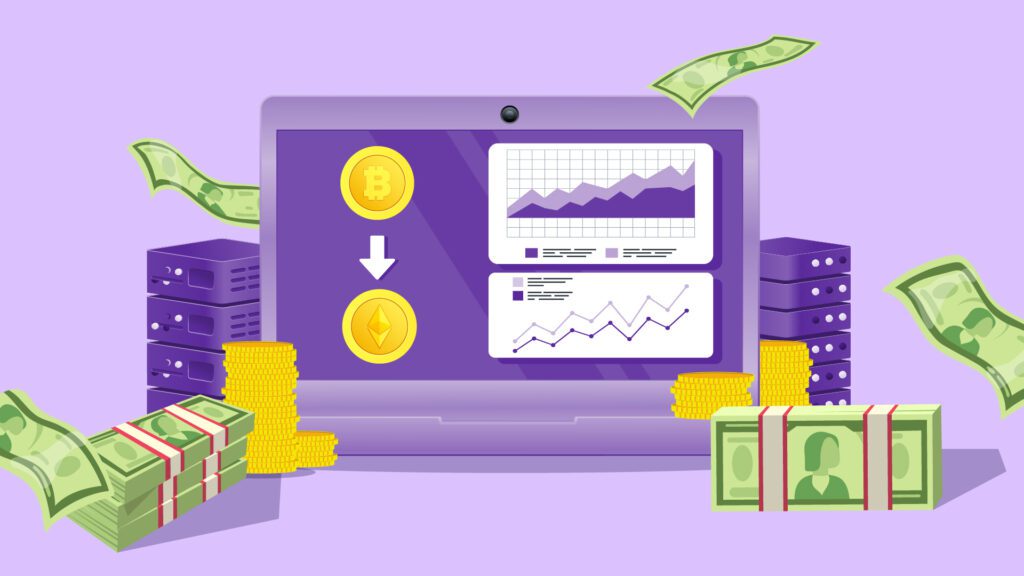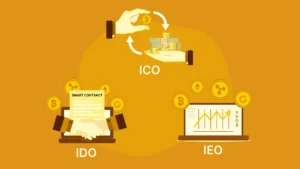
Launching a trading platform is an exciting opportunity, but without careful budgeting, even the most promising idea can quickly run into challenges. Smart financial planning allows you to allocate resources effectively, anticipate costs, and avoid unpleasant surprises. This guide will walk you through essential budgeting steps to help turn your vision into a successful platform.
Define Your Vision and Scope
The first step is to establish a clear vision for your trading platform. Decide if you’re focusing on stocks, forex, commodities, or digital assets. Be specific about the features you want to include, such as fast order execution, real-time analytics, or multi-device support. A well-defined scope makes it easier to estimate costs accurately and keeps your project on track. Many successful crypto exchange platforms started by mapping out their goals in detail before spending a single dollar, ensuring every expense aligned with long-term objectives.
Research Market Standards and Competitors
Understanding your market is essential for accurate budgeting. Study competing platforms to identify common features, security measures, and user expectations. Explore case studies or public financial insights from crypto exchange projects to understand how they managed development and operational expenses. This research provides valuable benchmarks and may reveal opportunities to innovate or streamline costs in ways your competitors haven’t considered.
Outline Technical and Functional Requirements
Once your vision is clear, detail the technical needs of your platform. Decide on the types of trading—spot, margin, or derivatives—and consider performance factors such as real-time data feeds, secure payment gateways, and user management tools. While your project might not replicate a crypto exchange, examining their development approaches can offer insights into scaling and security costs. Documenting these requirements allows developers to provide realistic cost estimates and reduces the risk of expensive adjustments later.
Plan for Design and User Experience
User experience is critical to a platform’s success, so budget for professional UX and UI design. An intuitive, visually appealing interface builds user trust and retention. Testing early prototypes with potential users can help identify design flaws before major investments are made. Many crypto exchange projects have demonstrated how strong design and usability can become competitive advantages that directly influence profitability. Investing in design upfront may feel costly, but it significantly reduces post-launch fixes and improves long-term performance.
Allocate Funds for Development and Infrastructure
Your choice between an in-house development team, outsourcing, or a hybrid model will influence your budget. In-house teams provide control but come with salaries and benefits, while outsourcing can offer specialized expertise with fixed contracts. Infrastructure costs, such as servers, hosting, and cloud services, should also be factored in. Planning for scalable and secure systems prevents expensive migrations or downtime as your platform grows. The lessons learned from large crypto exchange infrastructures can serve as useful references for estimating these expenses.
Include Compliance and Legal Expenses
Compliance is a major factor in trading platform budgeting. Different regions have specific regulations that govern trading activities. Allocate funds for legal consultations, licensing, and ongoing audits to remain compliant. These costs may feel burdensome, but they protect your platform from penalties or operational disruptions. By planning for legal and regulatory requirements from the beginning, you can operate confidently and maintain your platform’s credibility.
Prepare for Marketing and Launch Activities
Marketing is often underestimated but is critical for building a strong user base. Budget for brand development, advertising campaigns, and influencer or affiliate partnerships. Consider referral programs or launch events to attract initial users. A well-executed marketing plan ensures that your platform gains visibility and traction from day one, maximizing your investment in development and infrastructure.
Plan for Post-Launch Support and Maintenance
Launching your platform isn’t the end of your spending—it’s just the beginning. Allocate funds for regular updates, bug fixes, and customer support. As your user base grows, you may need to expand your infrastructure or introduce new features to remain competitive. Planning for these ongoing costs helps you avoid scrambling for resources and keeps your platform running smoothly long after the launch.
Build a Contingency Fund and Refine Your Budget
Unexpected costs are a part of every project, so include a contingency reserve of 10–15% of your total budget. This safety net ensures you can handle emergencies or take advantage of unplanned opportunities without derailing your finances. Before committing to your budget, review every estimate, confirm your priorities, and ensure your plan aligns with your long-term goals. A flexible budget allows you to adapt as your platform evolves without jeopardizing its stability.
Start Your Crypto Exchange Right – Plan Smart
Developing a crypto exchange is a multi-layered investment. From infrastructure to liquidity, compliance to operations, every aspect contributes to overall cost. While some entrepreneurs prefer fully custom builds, others leverage white label exchange solutions to save money and time. Meanwhile, exploring decentralized cryptocurrency exchange models ensures preparedness for the future of trading.
Above all, budgeting for security, liquidity, and compliance must take priority. Cutting corners in these areas may reduce upfront costs, but they will likely lead to higher expenses in the long run. A carefully structured financial plan not only safeguards the exchange but also builds a foundation for long-term growth and profitability.







